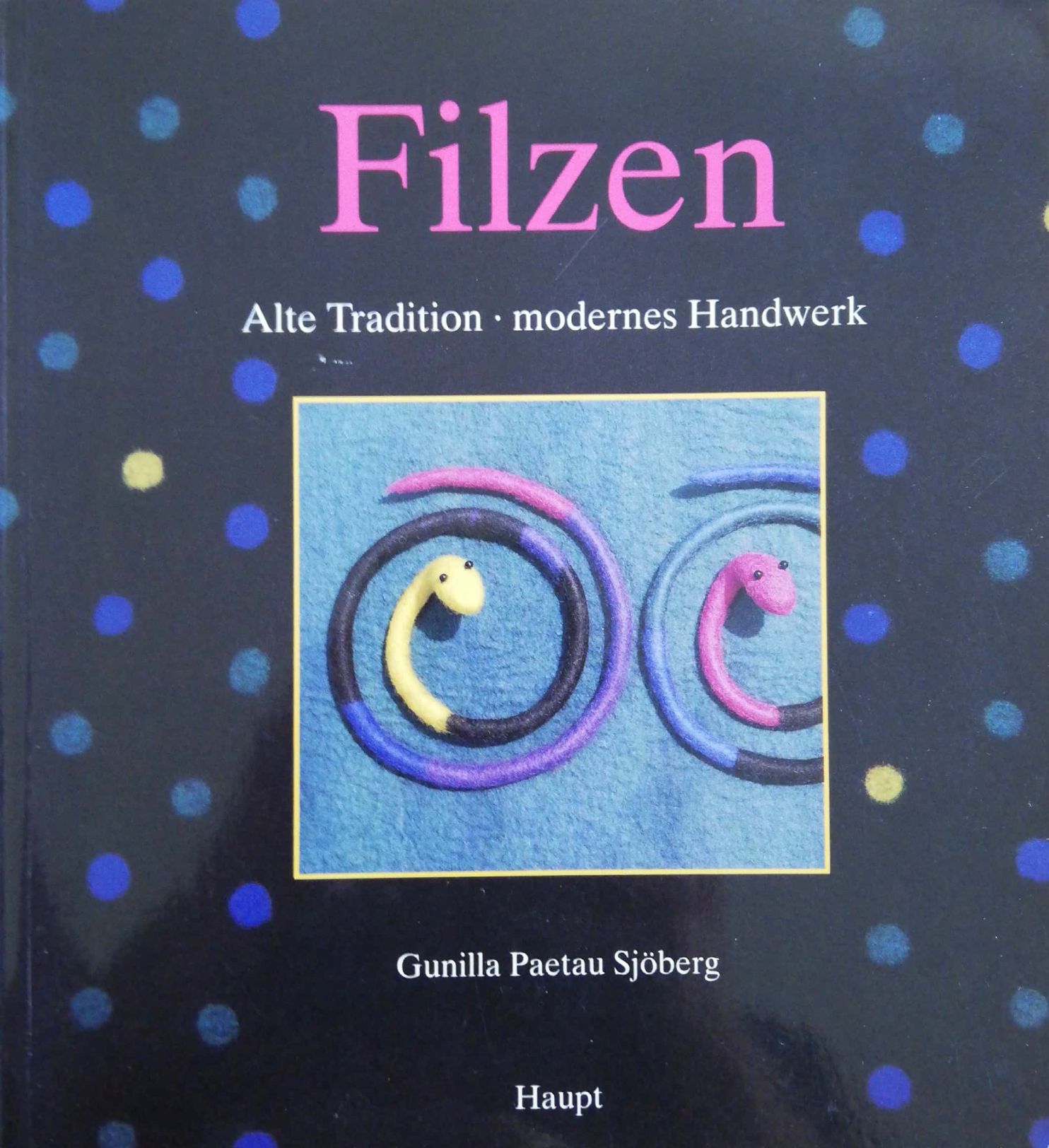We’ll be back to PANDO (Graça – Lisbon) for another felting workshop on the 29th of October. Bags are the next thing we’re working on. We’ll have fun exploring shapes and colors, decoration with wool and other materials. Will you be in Lisbon? Come join us, even if you don’t speak Portuguese. Just email me for more information.
Workshop de feltragem com água e sabão (peças com molde, sem costuras)
Onde? Cowork PANDO – Rua Particular à Manuel Soares Guedes, 7B – Graça, Lisboa
Quando? Sábado, 29 de outubro, das 14h30 às 18h30
O quê? Pequenas malas e bolsas para gadgets
Preço: 55 euros (todos os materiais incluídos)
Lugares: mínimo de 6 e máximo de 10
Inscrições: até dia 27 de outubro, por email ou telefone 96 999 30 44.

Neste workshop vamos trabalhar as técnicas da feltragem sem costuras e desenvolver peças com molde. Vamos aprender a criar moldes com as dimensões corretas para o projeto pretendido, uma vez que a lã tem a particularidade de encolher 20% a 40% durante o pro...




 There are many felt makers I admire. But after over 20 years of looking at other artists’ work, Christine Birkle is still number one for me.
There are many felt makers I admire. But after over 20 years of looking at other artists’ work, Christine Birkle is still number one for me.









